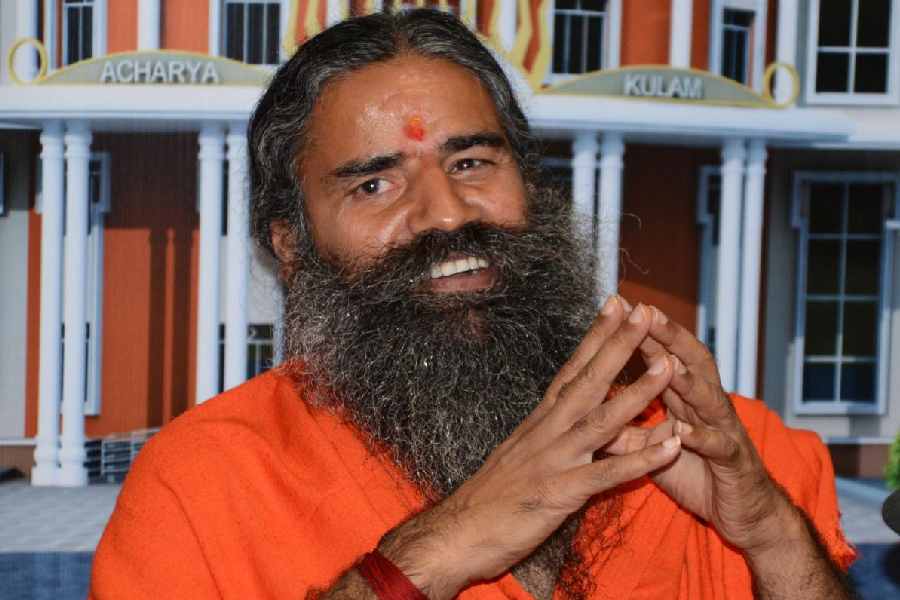The unresolved debate on growth and inflation has turned strident, once again, with the Reserve Bank of India’s policymakers deciding against a rate cut. The RBI has been under enormous pressure from the Narendra Modi government to provide a monetary prop to the efforts to crank up the economy. GDP growth tumbled to a seven-quarter low of 5.4% in the period, July-September, sparking fears of a sharp slowdown. The government remains unfazed by the economic underperformance in the second quarter, insisting that the world’s fastest-growing major economy will not stumble because of a minor blip. At last week’s monetary policy meeting, the wise men at the central bank trimmed their growth forecast for this fiscal to 6.6% from 7.2% earlier. But there is a subtle message that the policymakers — they were split four to two on the interest rate decision — are sending out. The outgoing RBI governor, Shaktikanta Das, articulated the logic behind the majority opinion when he said that inflation needed to cool before they could think of cutting rates. The RBI has a clear mandate: it must hold inflation between 2%-6%. In October, retail inflation leapt to 6.21%, largely driven by food prices. The monetary sages believe that cutting rates at this time will be counter-productive. High inflation reduces disposable income of the common man and crimps private consumption, which will depress real GDP growth. The spectre of inflation has to be bottled quickly before the RBI can abandon its hawkish stand on rates and adopt monetary measures that can aid any pump-priming initiative.
Mr Modi’s government is increasingly exasperated with the RBI for its squeamishness on rate cuts. It is worried that the signs of robust growth in the US economy and the threats of the president-elect, Donald Trump, to adopt tough protectionist measures when he assumes office in January could make India less attractive to foreign investors. Hot money is notoriously fickle and tends to scout for markets that promise the best returns. If the GDP growth readout is 6.6% at the end of the year as forecasted, it will be the slowest pace in more than a decade leaving out the Covid years. The government has cut its borrowings and its capital expenditure this year as it tries to put a firm lid on fiscal deficit. Mr Modi desperately wants a surge in private investment to compensate for the Centre’s self-imposed austerity. Private companies cannot be persuaded to spend unless they see an uptick in demand and consumption. Nobody wants to chase the crooked shadows of illusion.











